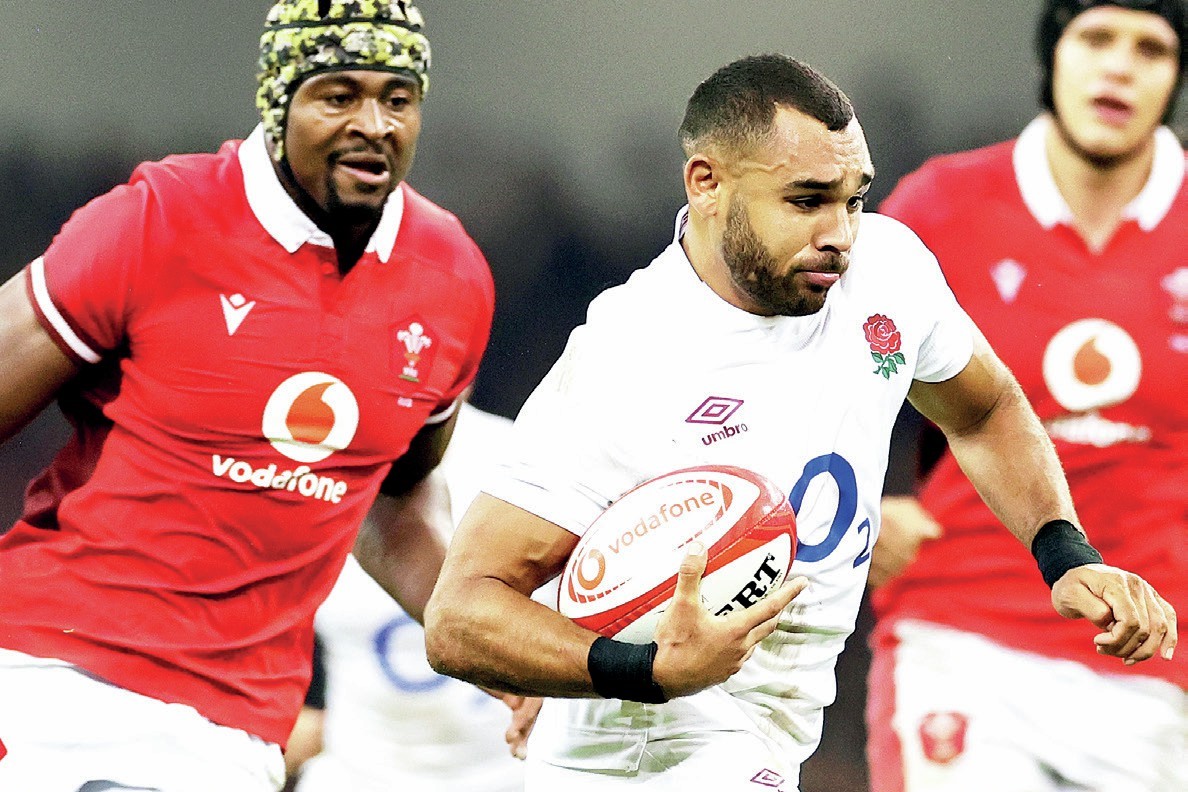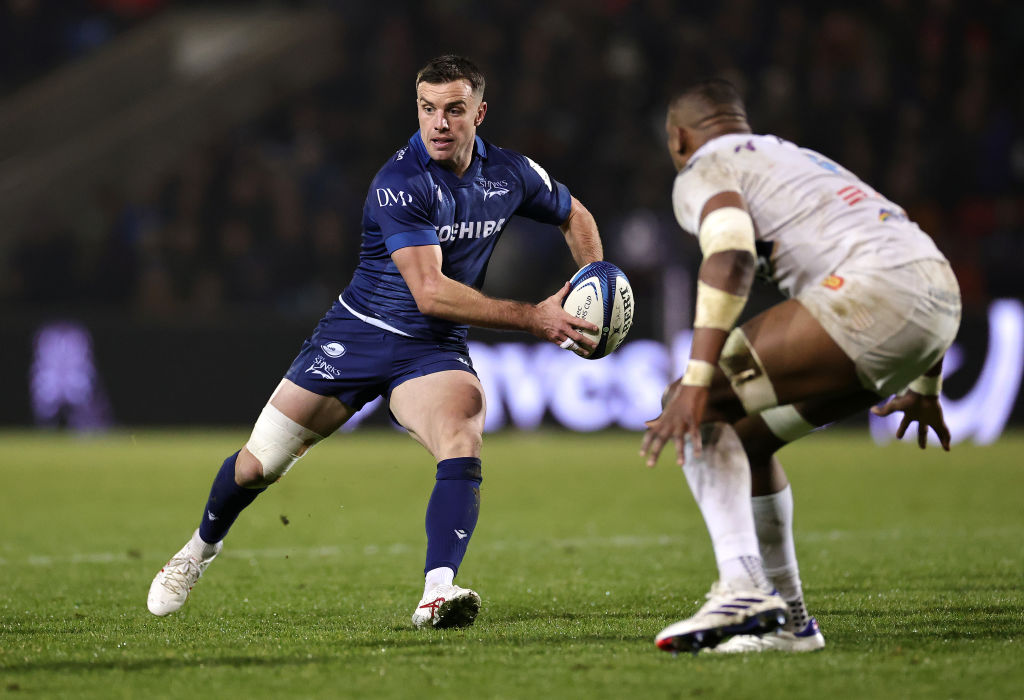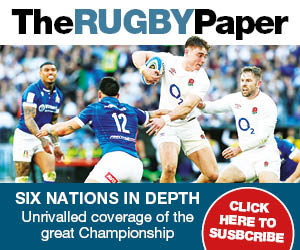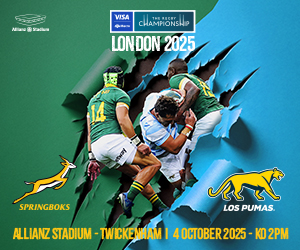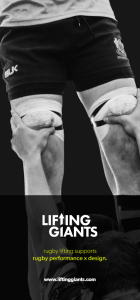Jeremy Guscott
It’s now time for England to reboot
More in Jeremy Guscott
-
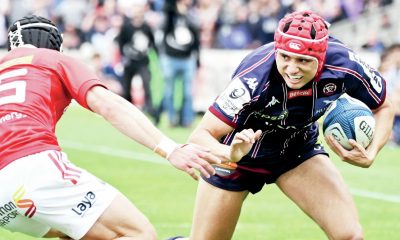

Jeremy Guscott: Northampton Saints need team effort to stifle ‘electric’ Louis Bielle-Biarrey
Northampton and Bordeaux-Begles are great attacking sides, and that is what makes the European...
-
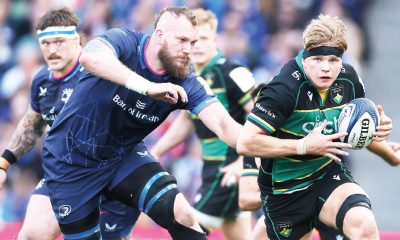

Jeremy Guscott: I hope the British and Irish Lions provide moments we talk about for years to come
The big headlines from the 2025 Lions squad announcement on Thursday are the confirmation...
-
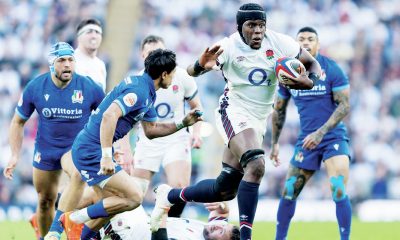

Jeremy Guscott: Maro Itoje the right man to bring the British and Irish Lions together
By Jeremy Guscott - Outspoken and unmissable every week... The ceremonial unveiling of the...
-
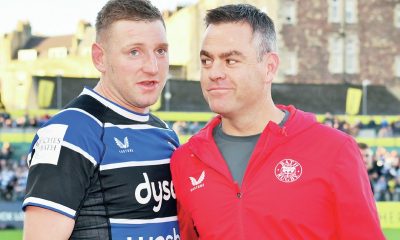

Jeremy Guscott: I’m just so excited by Bath’s brilliance
By Jeremy Guscott - Outspoken and unmissable every week... Where Bath are now, compared...

